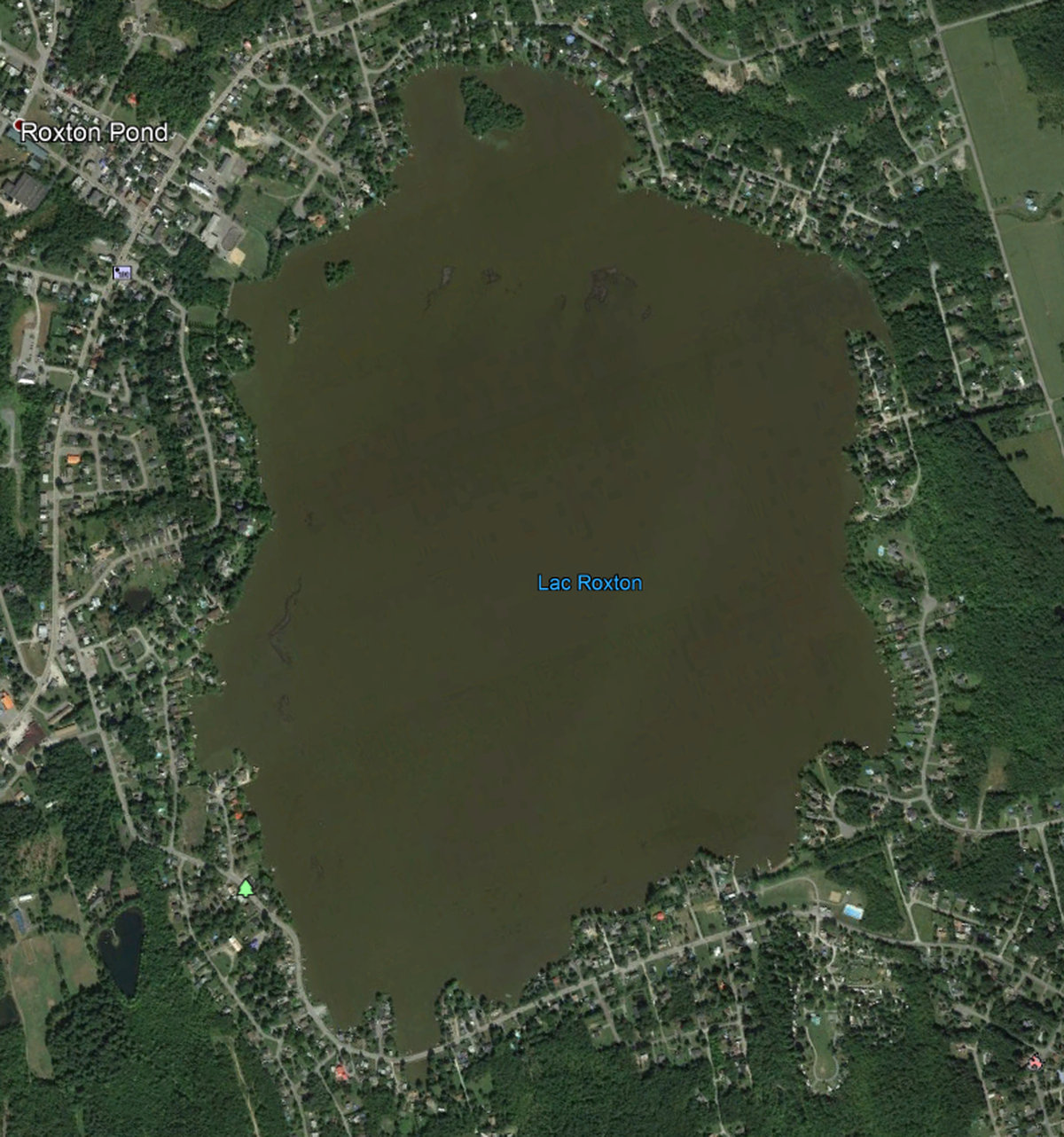2020-2023
When the Roxton reservoir flooded in 1920, the vegetation and organic soils of the wetlands formerly bordering the lake were submerged. When water heats up, it loses its oxygen. The decomposition of organic matter in an anoxic environment (without oxygen) generates methane. This gas, trapped in masses of organic matter, causes plates of sediment to emerge on the surface of the water. Collisions with boats and people practicing water skiing have already occurred. It is also possible that pieces of a plate break off and block the discharge of the lake, causing an uncontrolled increase in the water level as well as breakdowns in the lake’s water level control system. The plates ultimately give off unpleasant odors. In addition to this problem, the supply of nutrients and sediments from the watershed leads to excessive growth of aquatic plants and promotes the formation of very dense seagrass beds in certain bays of the lake.
Faced with these overwhelming findings, the municipality of Roxton Pond mandated T2 Environnement to obtain the authorizations and develop the methodologies necessary for the removal and management of sediments as well as the killing of invasive aquatic flora species. Different protocols were thus developed and authorization requests from the MELCCFP were obtained on time, to the greatest satisfaction of the municipality.



